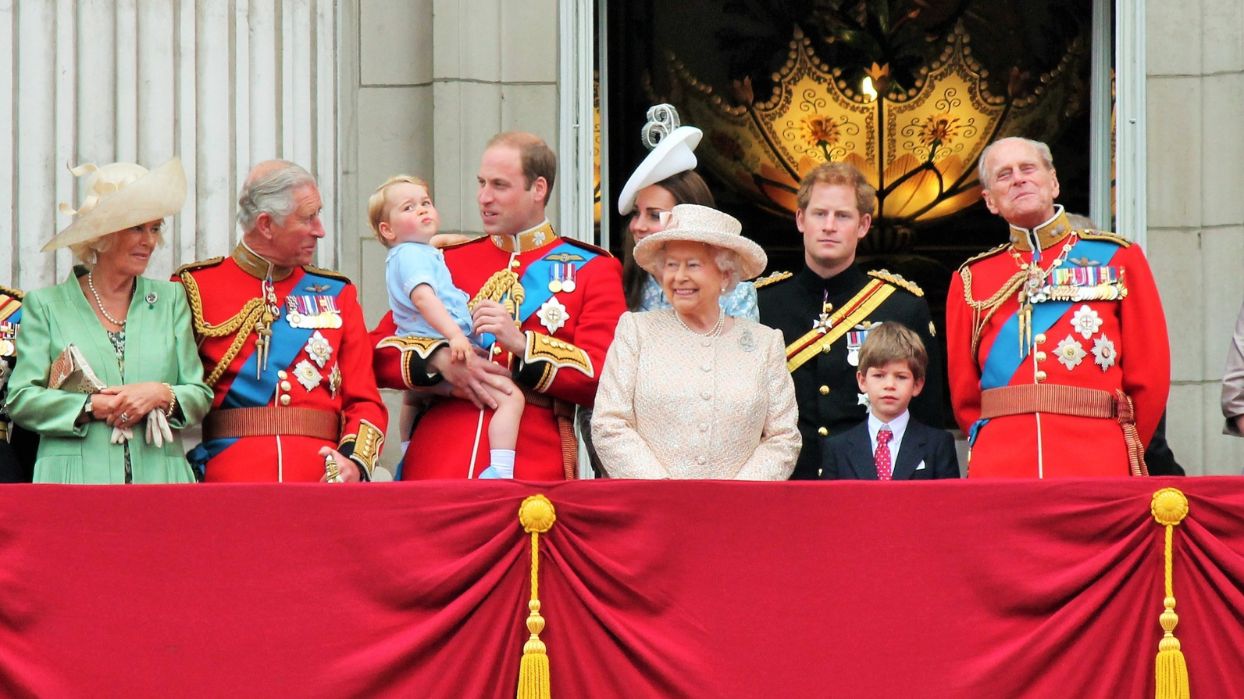A pilot in relation to media access in family law proceedings went live on 30 January as part of the ongoing drive to make justice visible and accessible. A Leeds judge is thought to be the first to have made a transparency order to allow reporting of a complex case in the family courts. Senior Associate Jenny Bowden considers the issues involved.
Mr Justice Poole’s order has been made before the hearing, which is expected to run for 11 weeks. Perhaps unusually, the transparency order includes a prohibition on any reporting until after the conclusion of the hearing (and perhaps beyond). So while the order may be the first of its kind, it is unlikely to result in the first press coverage under the pilot. Leeds is one of only three regions in which the pilot is being conducted during 2023; the others are Cardiff and Carlisle family courts.
An end to secrecy
Family proceedings are generally heard in private to protect the privacy of those involved, with judgments (if published) routinely anonymised. Although journalists may attend hearings in family matters (unless expressly excluded by the court), they cannot necessarily freely report on cases (outside this pilot) due to certain restrictions which may be imposed. This is certainly the case in proceedings concerning children where publication of certain information is strictly prohibited. This contrasts with the position in financial remedy proceedings, where it is not a contempt of court for media or legal bloggers to publish information (save for the requirement to protect the anonymity of any child) unless there are specific reporting restrictions imposed by the judge.
For cases which fall within the scope of the new reporting pilot, restrictions are being relaxed on a trial basis to allow more public scrutiny of the process through improved media access to proceedings and consequently, more transparency in family law proceedings. The purpose of the pilot is to introduce a presumption that legal bloggers and accredited media may report on what they see and hear during family court cases, subject to strict rules of anonymity. This will be achieved by judges in the pilot courts making a ‘Transparency Order’, which sets out the rules of what can and cannot be reported.
There is an increasing perception that the family court is shrouded in secrecy. Many parties come out of family proceedings feeling somewhat bruised and ‘let down’ by the system, and without any real understanding of how it works. Some say there has been a measured decline in the public’s confidence in family justice. This pilot aims to tackle that issue. If judges within the pilot embrace this transparency project, it is hoped the public will have a greater understanding of how proceedings are conducted and decisions made.
Importantly, the pilot only permits accredited journalists and legal bloggers to attend, and will not include all types of family proceedings.
The difference between the publicity under this pilot and the publicity generated by a published judgment is simple. Under the pilot, the journalists will have access to the proceedings and certain documents. They may be able to report justice ‘as it happens’. In contrast, a published judgment is produced by the court often well after the hearing and focuses on the legal arguments rather than matters of public interest.
Another important point is that reporting arising from this pilot must still preserve the anonymity of the parties (as is usually the case with wider reporting restrictions) and confidentiality with respect to intimate details of the family’s lives. That is not always the case when judgments come to be published. There are parallel threads, therefore, all aimed at increasing the visibility of the justice system.
What does the family court hope to achieve?
It is hoped that greater transparency will help the court remove misconceptions, so everyone can be comfortable with the system and understand how justice is done.
The production of anonymised judgments can help provide greater visibility of the family justice system while still recognising the parties’ privacy. However, when a judgment is published, there is the possibility of so-called ‘jigsaw identification’. This has long been an issue in cases where the parties’ lifestyles, business interests and circumstances of their separation make it possible to piece together the anonymised details and identify the family involved. This may be made easier by the level of detail intended to be made publishable by the courts. If the press has attended and reported on the case, that coverage may be read in tandem with any reported judgment.
Unintended consequences
Media reporting and intrusion are so common in this age of social media and instant access to information that even when the courts try to keep the details of parties confidential, it is inevitable some may try and link the threads together. There is also a move towards judgments being published without anonymity, in which case it’s not simply a risk that the parties may be identified, but rather it’s a given.
Another unintended consequence is the potential damage to the mental health and welfare of the children of parents going through such proceedings. That damage can extend to the parties themselves, but any children involved are likely to be passive passengers on this journey. If the parties are engaged in a judicial process, chances are they are already under a significant amount of stress in what may be an emotionally challenging time. Add to that the presence of a journalist writing down every detail, even if it can’t be reported in full, and you can imagine it makes that experience of attending a court hearing all the more fraught.
Comment
Partner Lisette Dupré says: “Greater transparency is needed to increase public confidence and, frankly, accountability in family proceedings. There is a clear public interest in the proceedings being reported, and it’s positive to see the judiciary engaging with this pilot so promptly. That said, press coverage must be balanced with the impact on the health and wellbeing of those involved. It is hard enough for a child to have parents going through divorce proceedings without also having to contemplate their friends and peers discussing their parent’s affairs in the school playground.
“While this pilot scheme is welcomed, it has some difficult issues to iron out in practice. I anticipate that for families with the means to engage in alternative dispute resolution, this pilot will serve as a further incentive to avoid the risk of their family life being under the spotlight within the court process.”
You can find further information regarding our expertise, experience and team on our Divorce and Family pages.
If you require assistance from our team, please contact us or alternatively request a call back from one of our lawyers by submitting this form.
Subscribe – In order to receive our news straight to your inbox, subscribe here. Our newsletters are sent no more than once a month.







